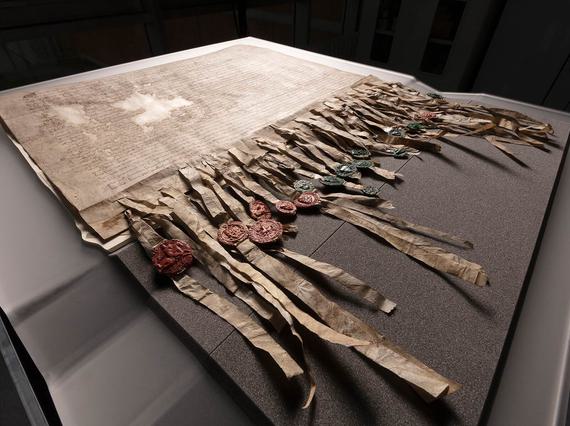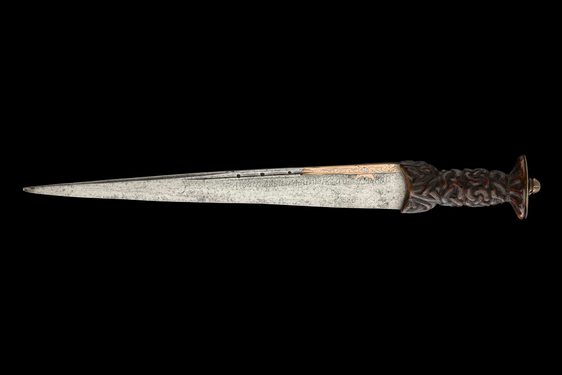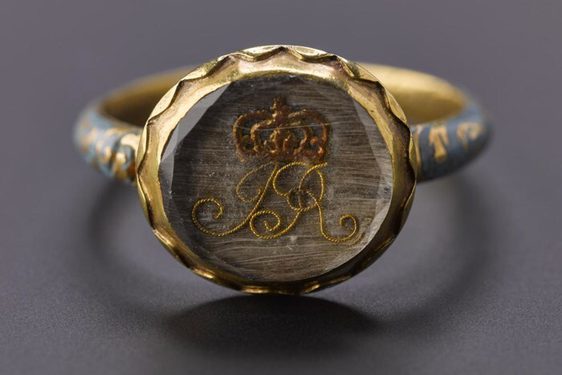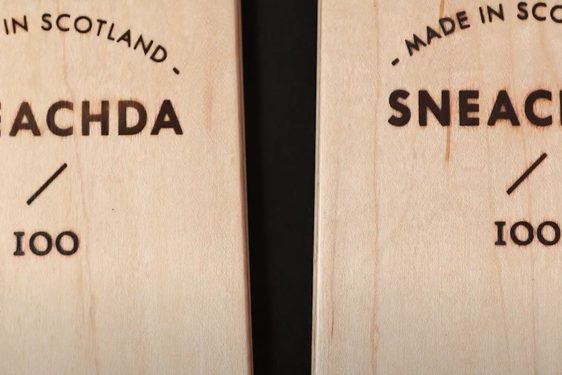
About The Declaration of Arbroath
The Declaration of Arbroath is a letter dated 6 April 1320 written by the barons and freeholders of the Kingdom of Scotland to Pope John XXII. The letter asked the pope to recognise Scotland's independence and acknowledge Robert the Bruce as the country's lawful king.
Despite the Scots' success at the Battle of Bannockburn, Robert I had not been recognised as king by either King Edward II of England or the Pope. At the time, the Pope desired peace between England and Scotland so that both kingdoms could help in a crusade to the Holy Land. The Declaration sought to influence him by offering the possibility of support from the Scots for his long-desired crusade if they no longer had to fear English invasion.
Written in Latin, it was sealed by eight earls and about 40 barons. It was authenticated by seals, as documents at that time were not signed. Only 19 seals now remain.
The surviving Declaration is a medieval copy of the letter, the original having been dispatched to the pope in Avignon. It is cared for by National Records of Scotland and is so fragile that it can only be displayed occasionally in order to ensure its long-term preservation.
Read a full transcription from The National Records of Scotland.
In partnership with
You might also like
- Discover

Tha sgeul ri innse: Stories of 15 Gaelic objects for the telling
Written by Anna MacQuarrieGlimpse into the material world of the Gàidhealtachd and its people, through the lens of Gaelic language, communities and culture.Keep reading - Discover

A departing gift: The exile of James VII and II
This monogrammed ring was given by the deposed King James VII and II to a loyal supporter on the night he escaped London, never to return. But why was the King forced to flee his country? And how did this result in five attempts to regain…Keep reading - Discover

Scotland's ski-maker
Jamie Kunka is a self-taught ski-maker. Fusing tradition and innovation, he founded Lonely Mountain Skis in Birnam, Perthshire.Keep reading
